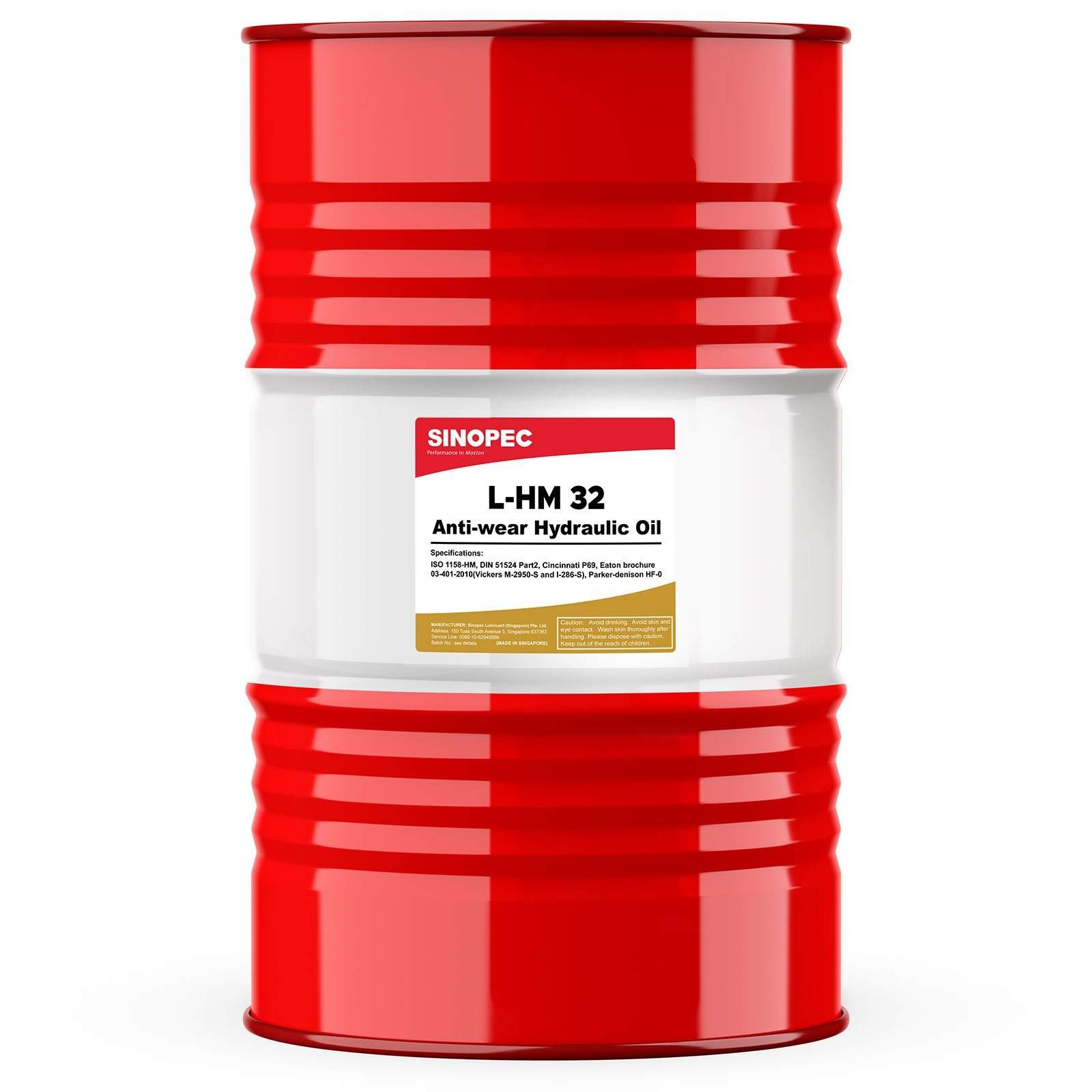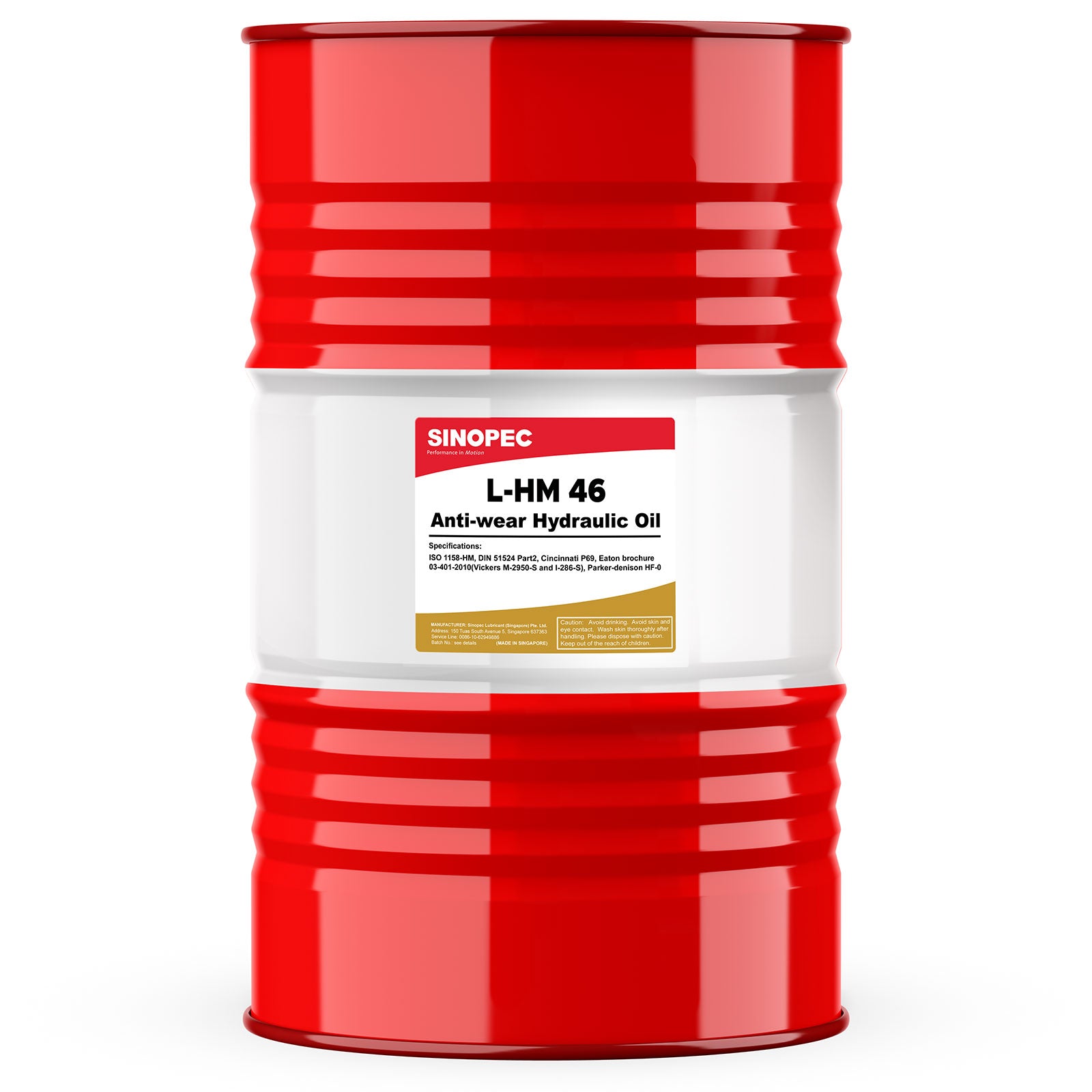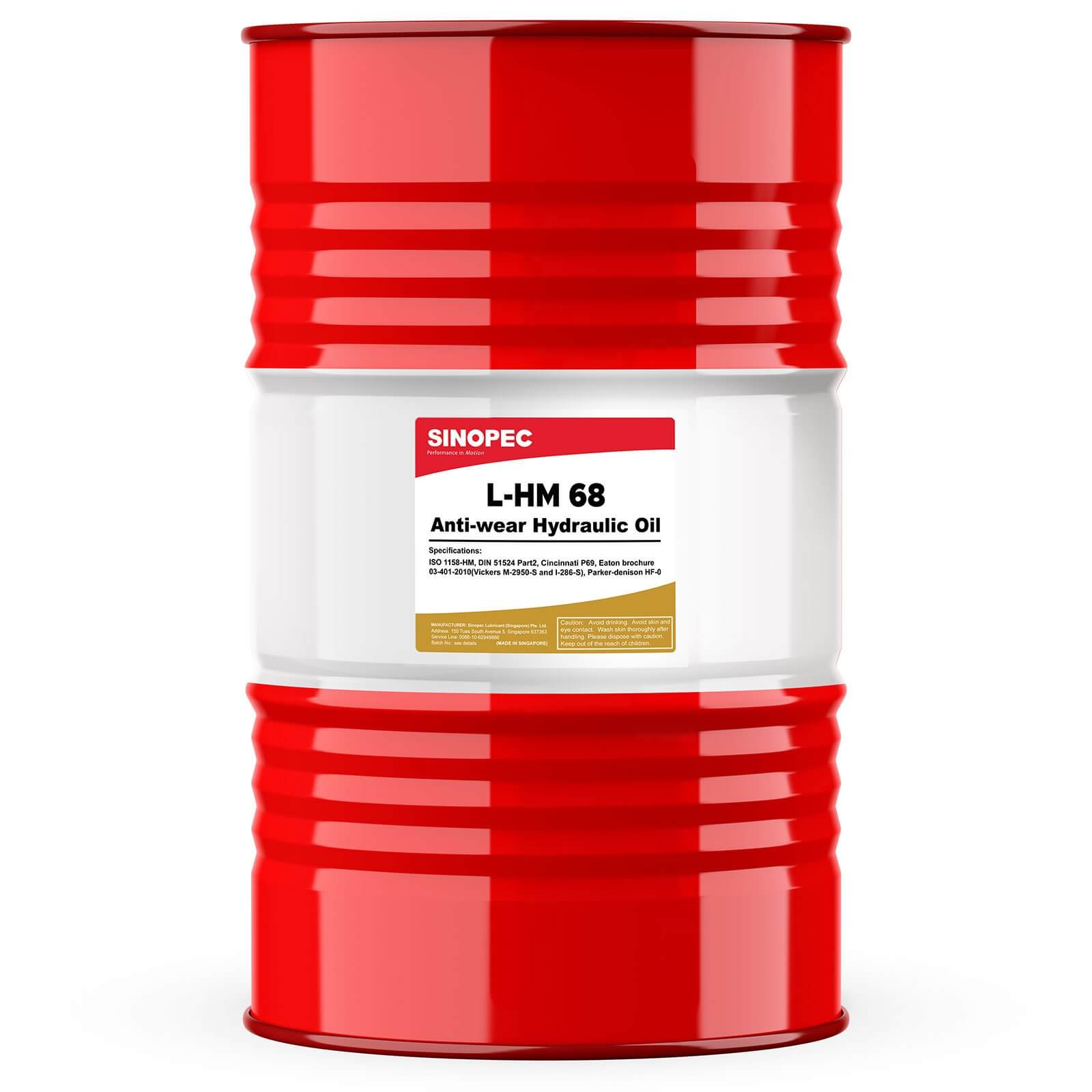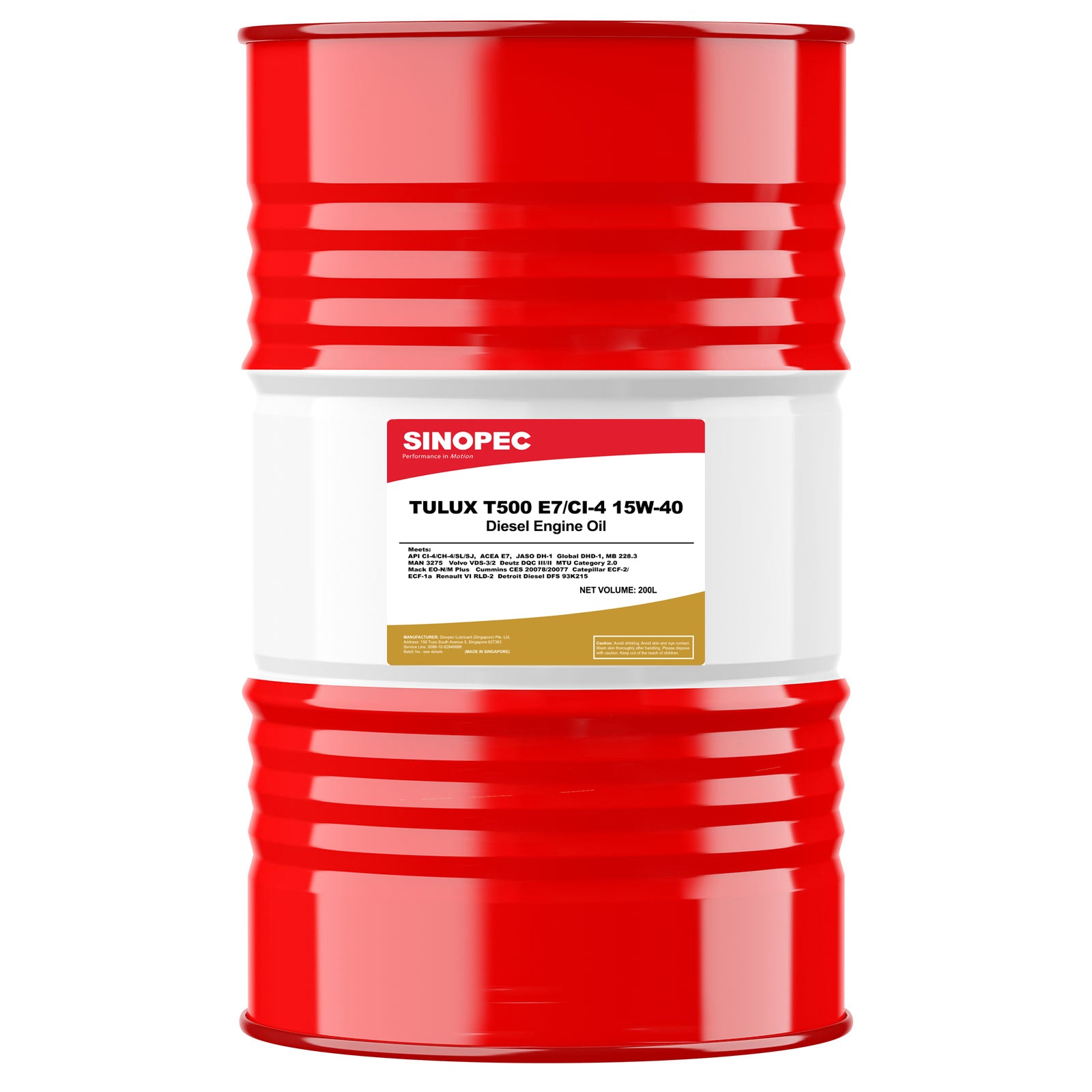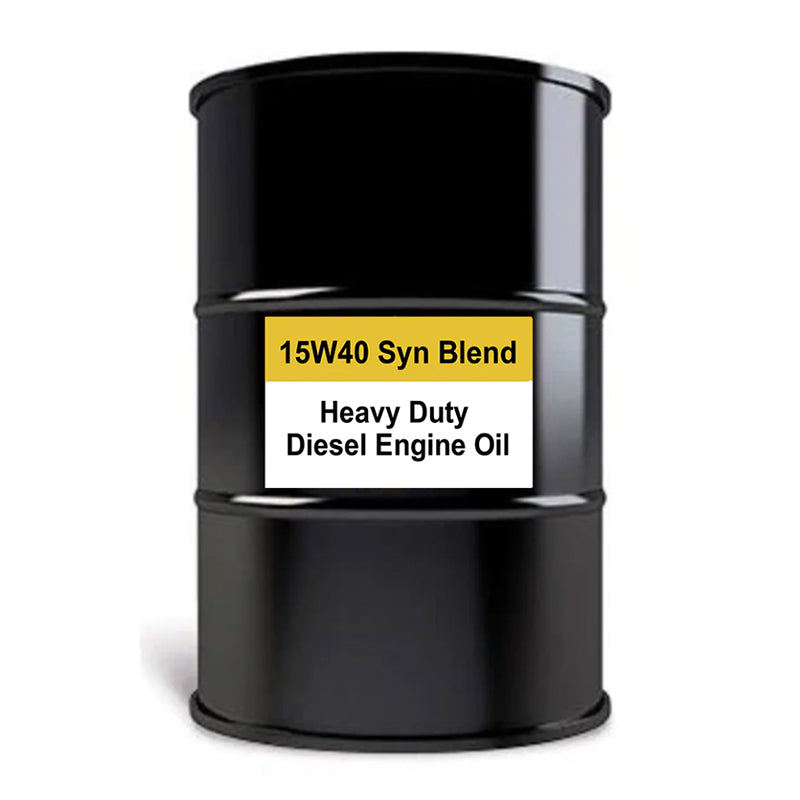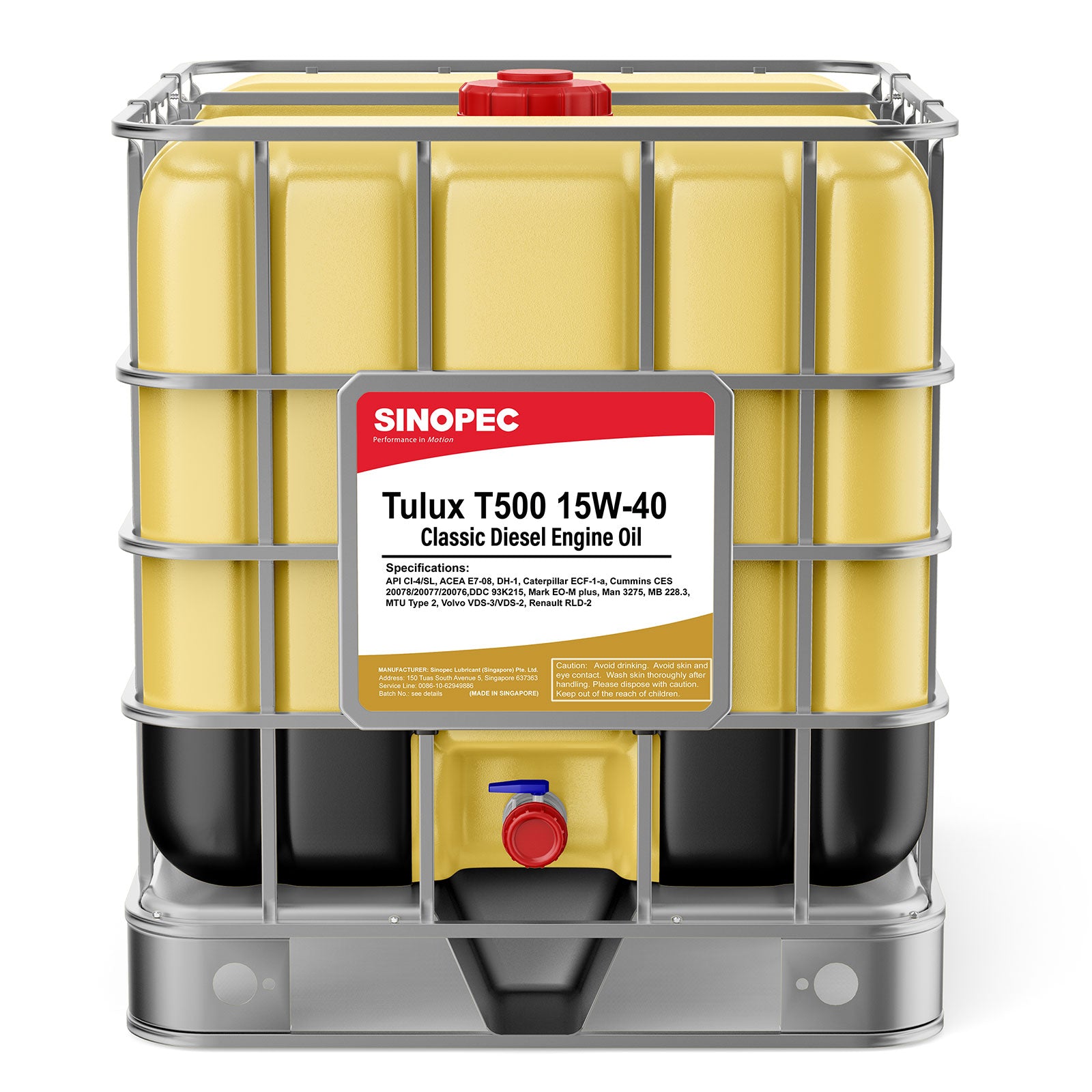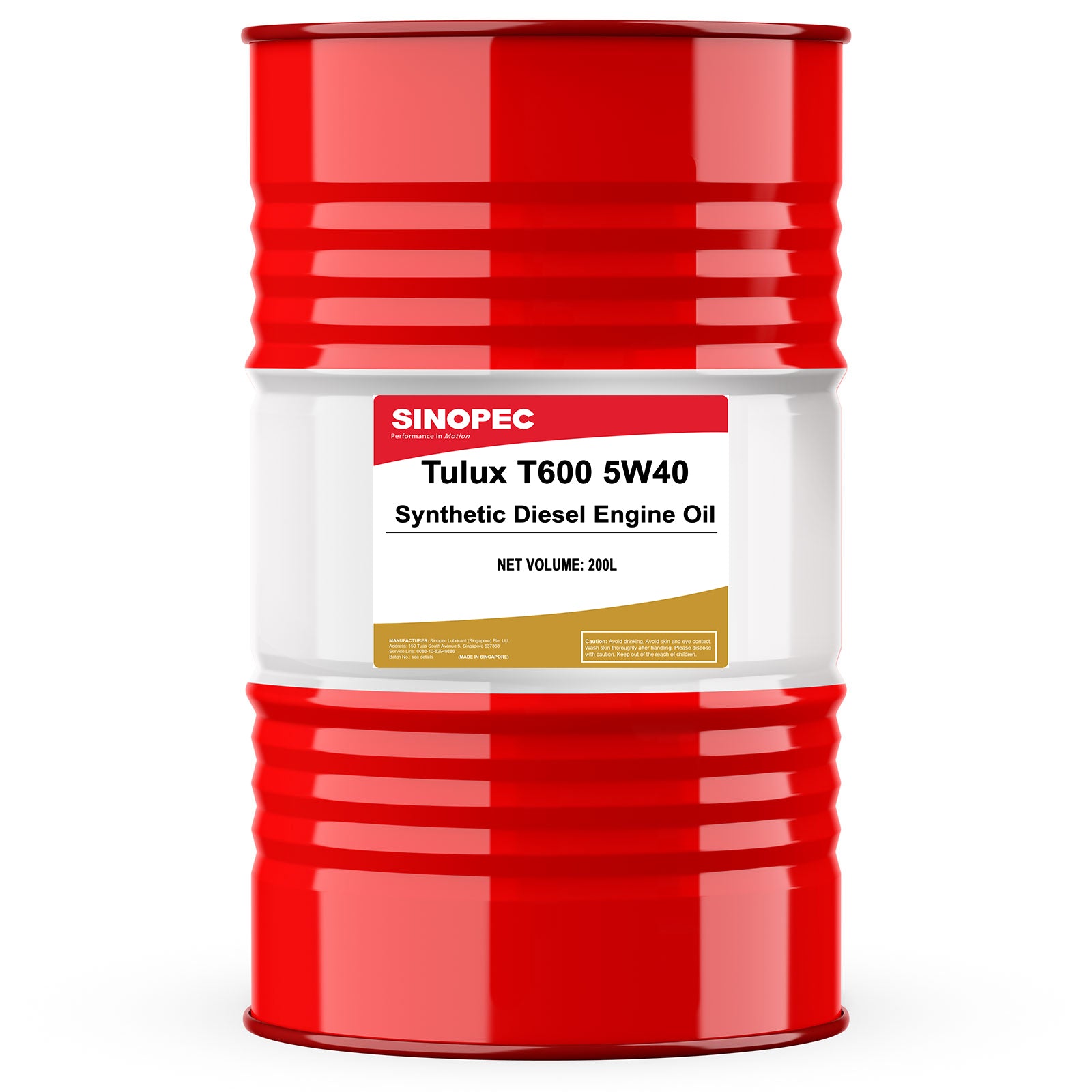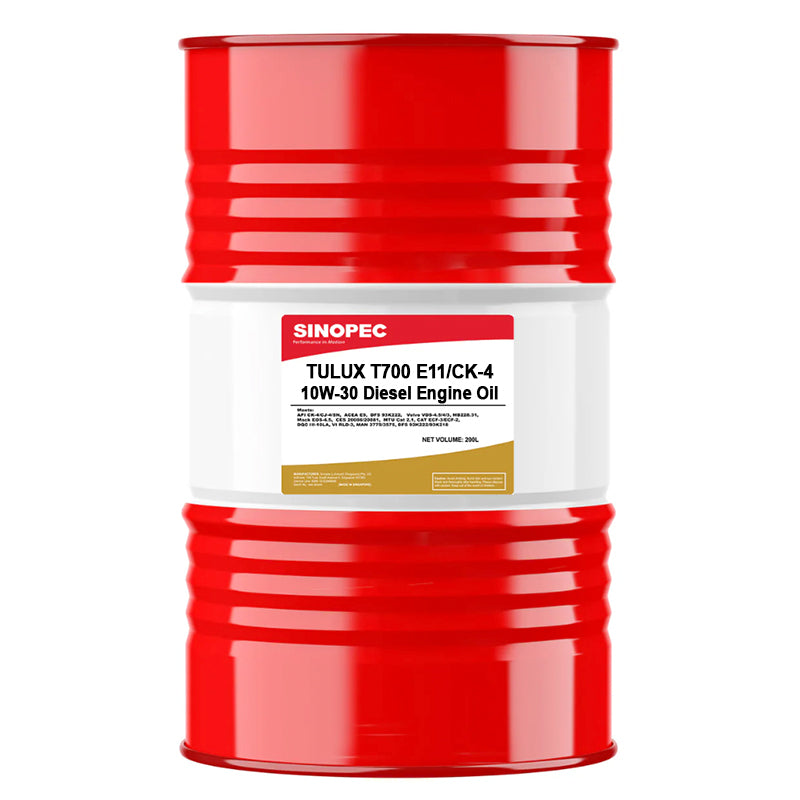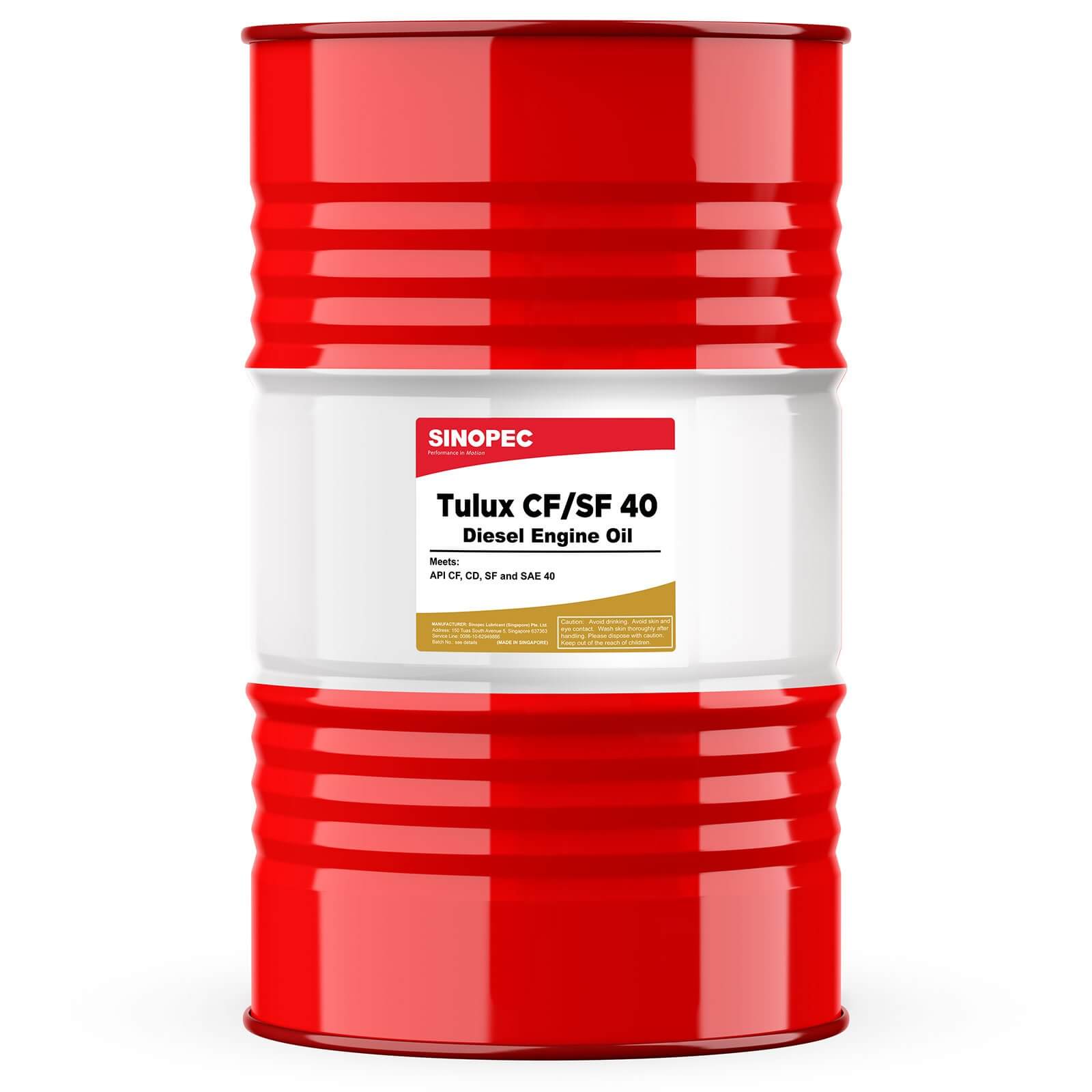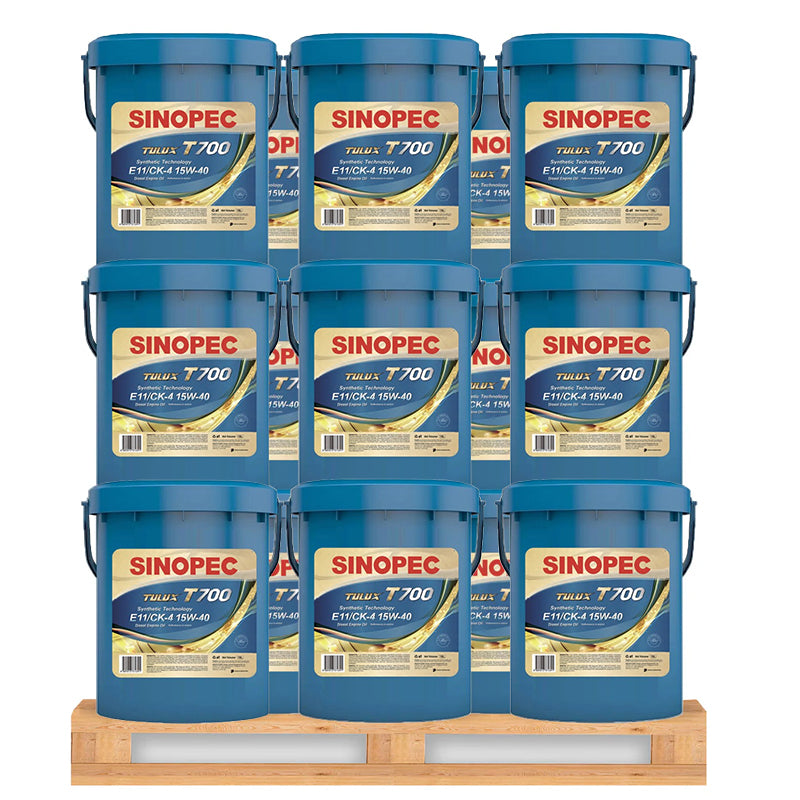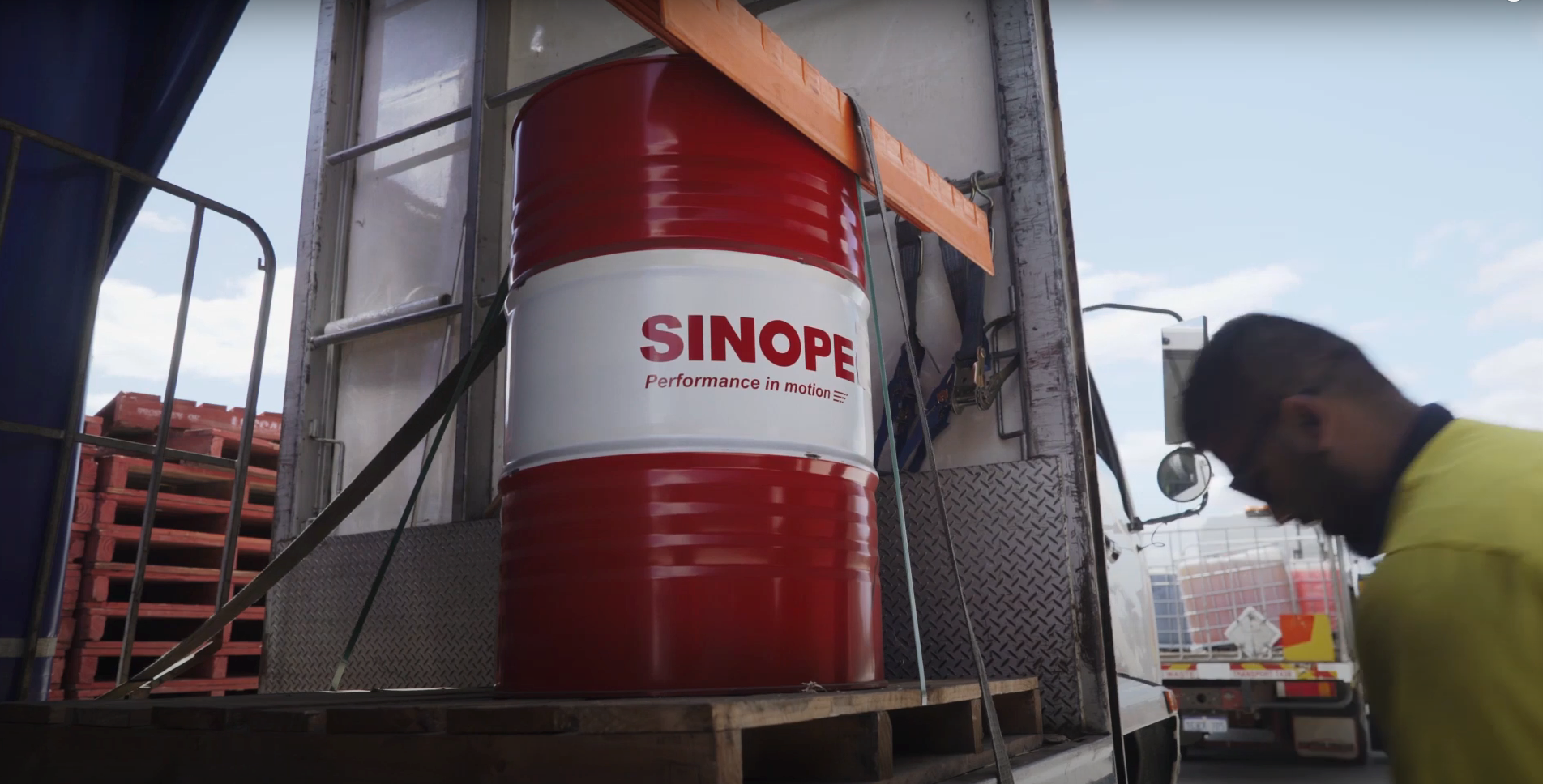Hydraulic Fluids, we stock and sell all grades of hydraulic oil, 32, 46, 68 and 100. But what do these numbers actually mean and how do you determine which one you need?
The numbers 46 and 68 refer to the ISO Viscosity, and all hydraulic oils sold in Australia use this number grading system. Viscosity is oil’s resistance to flow and the grading system relates to this resistance at a temperature of 40 °C.
These numbers can be thought of in this way: the lower the number, the thinner the oil and the higher the number the thicker the oil.
What happens if hydraulic oil gets too hot?
Hydraulic oil that gets very hot can suffer from oxidation (air) and hydrolysis (water). This is when there is air and water present in the system. The trouble comes when the temperature rises as according to Arrhenius's Law there is an increase in temperature of 10°C and reactions happen considerably faster.
https://buysinopec.com/collections/hydraulics
Oil viscosity changes with temperature. The hotter the temperature, the thinner the oil becomes and the colder the oil, the thicker. So, for example, a hydraulic system operating in a cold climate like Tasmania would run better with a lower viscosity grade of 32. The oil would be thinner and have less resistance to flow on start-up. Tasmania doesn’t generally get days with temps in the high 30s so the oil wouldn’t get too thin on a summer’s day. Here in Perth, 46 and 68 are better suited to our climate. In places up north of Australia like Darwin, they would benefit from 68 grade, which starts out thicker. The generally hotter climate would help with the oil flow on start-up and yet not get too thin during normal system operation.
When selecting oil, if the equipment manufacturer has specified a grade of oil to be used, then it’s usually best to use it. The system would have been tested and determined to operate best with that grade. If you use oil that is too thick, then the pump may not be able to draw it efficiently from the reservoir and cavitation may occur. If the oil is too thin then internal slippage may occur within the system’s components making it operate less efficiently.
Below are some examples of fluid viscosities at different temperatures (measured in centistokes at temperatures in degrees C).
Water – 1 at 20°C, 0.66 at 40°C and 0.48 at 60°C
Honey – 9,000 at 20°C, 800 at 40°C and 200 at 60°C
Hydraulic Oils at common Viscosity Grades:
ISO VG 32 – 85 at 20°C, 32 at 40°C and 15 at 60°C
ISO VG 46 – 140 at 20°C, 46 at 40°C and 20 at 60°C
ISO VG 68 – 210 at 20°C, 68 at 40°C and 30 at 60°C
Oil Viscosity – Everything You Need to Know About Purchasing Hydraulic Oil

